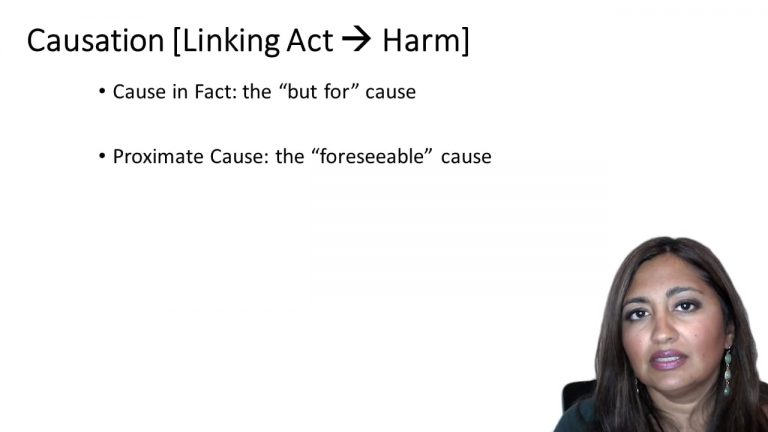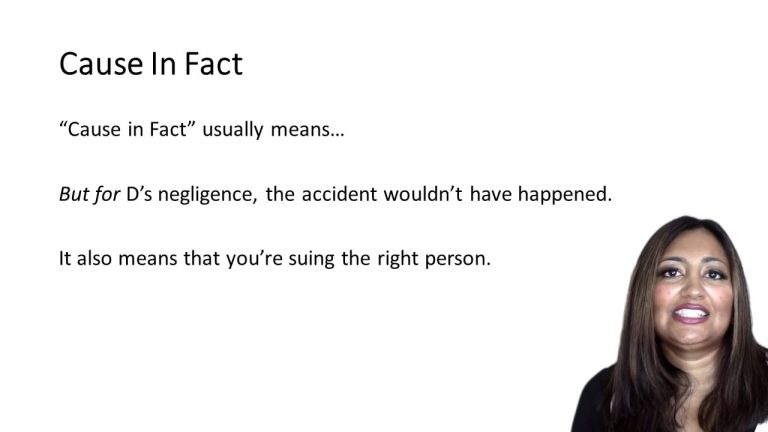SmartBrief
Confirm favorite deletion?
Criminal Law Keyed to Ohlin
People v. Jennings
Citation:
114 Cal. Rptr. 3d 133, 237 P.3d 474 (2010)Facts
The defendant and his wife, Michelle Jennings, had been together since Michelle was 14 years old and the defendant was 29 years old. They had a a five year old son together named Arthur.
Approximately two weeks before Christmas, two friends visited the Jennings’ home. They noticed that Arthur was making an odd sound, rocking back and forth, and staring straight ahead. The defendant told them that Michelle had “knocked him out.” Michelle confirmed that she had “socked the damn little brat between the eyes.”
In January, someone saw Arthur and recounted that he had two black eyes, a bandaged hand, and appeared very thin and undernourished.
In February, a neighbor witnessed the defendant grab Arthur and strike him on the back of his head with a fireplace shovel. Arthur died within an hour of being struck on the head with the shovel. The Jennings’ initially buried Arthur’s body in a shallow rave, but a few hours later they unearthed the body and threw it down a nearby desert mine shaft. They attempted to scrub the blood off of Arthur’s bedroom walls, and the defendant burned Arthur’s sheets and the gloves used to bury him.
At trial, a forensic pathologist testified that at the time of his death, Arthur weighed only 35 pounds. The severity of his condition indicated that it was not something that had occurred over a short period of time. He also testified concerning Arthur’s numerous physical injuries, including a bruise and an abrasion on the tip of Arthur’s nose, bruising and a laceration in the area between the nose and the upper lip, bruises on the inside of his lips and gums, a lacerated oral frenulum (between the gum and the upper lip), and a slight bruise on the tip of his tongue. These injuries occurred shortly before death and were most consistent with smothering. He also had injuries to the back of his head, one injury on the right side that was a few weeks and a second “fresh” injury on the left side that had occurred no more than six hours prior to his death, and possibly as recently as immediately preceding the time of death, but that was not itself life threatening. He also had extensive hemorrhaging and acute pneumonia at the time of his death which attributed to the breakdown of his overall failure to thrive. There were drugs in his system that would have played a minor contributing role in his condition as well.
The expert gave the cause of death as “the entire problem” – the drugs, physical injuries, malnutrition, and emaciation – “all working together.”
The defendant was convicted of murdering Arthur. He appealed, contending that even assuming he tortured Arthur, there is insufficient evidence that his torture was the “but for” cause of Arthur’s death.
Only StudyBuddy Pro offers the complete Case Brief Anatomy*
Access the most important case brief elements for optimal case understanding.
*Case Brief Anatomy includes: Brief Prologue, Complete Case Brief, Brief Epilogue
- The Brief Prologue provides necessary case brief introductory information and includes:
Topic:
Identifies the topic of law and where this case fits within your course outline.Parties:
Identifies the cast of characters involved in the case.Procedural Posture & History:
Shares the case history with how lower courts have ruled on the matter.Case Key Terms, Acts, Doctrines, etc.:
A case specific Legal Term Dictionary.Case Doctrines, Acts, Statutes, Amendments and Treatises:
Identifies and Defines Legal Authority used in this case.
- The Case Brief is the complete case summarized and authored in the traditional Law School I.R.A.C. format. The Pro case brief includes:
Brief Facts:
A Synopsis of the Facts of the case.Rule of Law:
Identifies the Legal Principle the Court used in deciding the case.Facts:
What are the factual circumstances that gave rise to the civil or criminal case? What is the relationship of the Parties that are involved in the case.Issue(s):
Lists the Questions of Law that are raised by the Facts of the case.Holding:
Shares the Court's answer to the legal questions raised in the issue.Concurring / Dissenting Opinions:
Includes valuable concurring or dissenting opinions and their key points.Reasoning and Analysis:
Identifies the chain of argument(s) which led the judges to rule as they did.
- The Brief Prologue closes the case brief with important forward-looking discussion and includes:
Policy:
Identifies the Policy if any that has been established by the case.Court Direction:
Shares where the Court went from here for this case.
Topic Resources
Topic Videos
 7m 12s
7m 12s 8m 27s
8m 27sTopic Refresher Course
